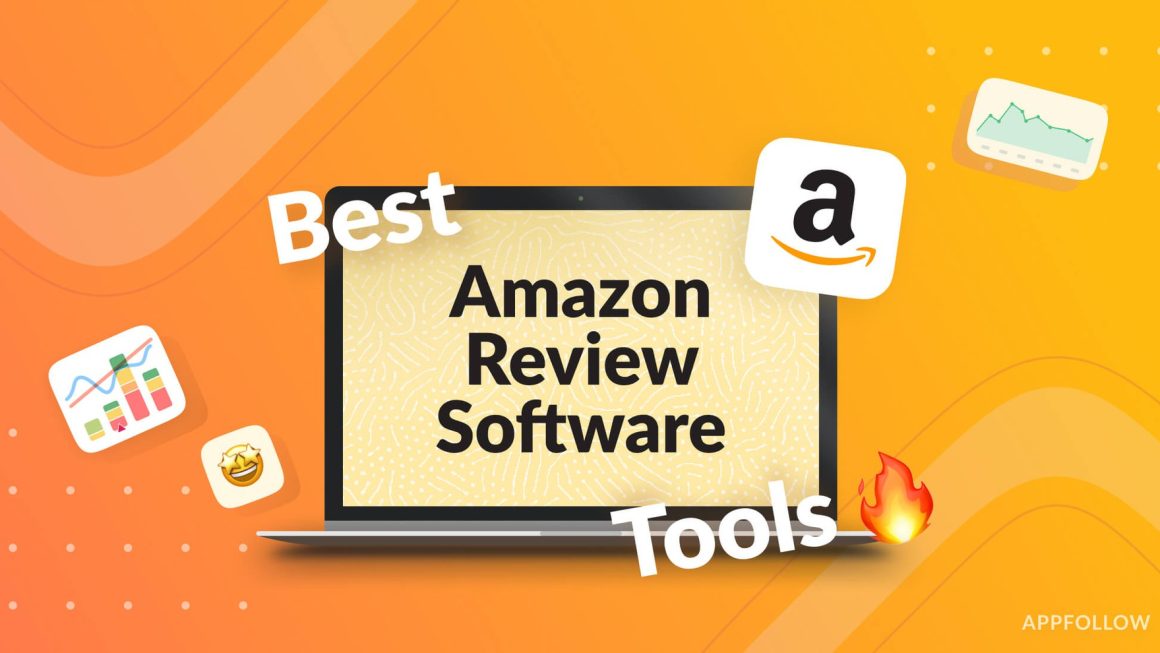Tons of content is now circulating the internet, but they don’t always appeal to everyone or remain on trend, up-to-date or accurate. That is why there is such a thing as repurposing or recycling content — you take a blog, social media post or video and turn it into new useful marketing collateral to expand its reach and lifespan.
As customers’ needs evolve, your content should follow. Not all content buried in your social media and website should be forgotten; some will still have value if you transform them into a new format that’s currently on trend or offer it through a new channel where it can make an impression on more people. Read Ahrefs Tool Guide: Using Content Explorer for E-Commerce to find out how to use marketing tools to see what topics and types of content people are reading and sharing.
Repurposing content feeds into the “Content is King” mantra, a concept introduced by Bill Gates in 1996 which remains relevant today. This is because content gives brands a way to provide customers additional value through communication, knowledge and guidance. It engages customers. Thus it needs to be consistent and maintained. Here are five creative ways you can repurpose your content:
1. Turn Your Blog Post Into an E-book
Blog posts are some of the most common marketing items brands used to deliver useful information while being able to rank on search engines. There are evergreen articles that can stand the test of time and remain relevant, but there are those that get outdated. Either way, as you produce content over time, they get buried somewhere in the back of your website.
An archive of blogs, like market updates, how-to’s and guides or product reviews, can be easily turned into an e-book, which you can use as a new marketing tool. For example, you can create a handbook for specific topics or compile all market updates in the industry you are in throughout the year.
Pew Research Center reported that three in every ten people read ebooks in America, making it useful and still very relevant reading material to date. Offering a free ebook by requesting people to sign up and provide their email addresses can generate free and instant leads for your future marketing efforts.
2. Create a Video Tutorial Based on Your Content
You can enrich your blog or content by recycling it and using it as a reference or inspiration for a video. Turn how-to blogs into video tutorials or create short, entertaining and informative videos from the past informational content you have published. You can launch a series of informative discussions or create short, engaging videos as well.
This strategy can help add personality to your brand and content. It has also been suggested that videos are a more powerful medium than text, as the brain can process information 60,000 times faster. Videos allow brands to deliver a more interactive marketing campaign and grab their audiences’ attention right away.
3. Transcribe Content and Turn it Into a Podcast
In recent years, podcasts have been growing in popularity, as more people, especially younger ones, seek new mediums to enjoy. Maximize this opportunity, and don’t let your blogs or any other content, like videos or e-books go to waste. You can use your content’s topic and all the information it contains to create a podcast and reach a new audience.
Podcasts must be informative and enjoyable. So if you consider reusing your content for this purpose, make sure to tweak it and turn it into a hyperactive and engaging discussion. This strategy also allows you to insert short audio ads within the podcast, enabling you to seamlessly and easily promote your brand.
4. Repurpose Your Content Into an Infographic
It is always a good idea to repurpose lengthy and complex content into something simpler, like an infographic. This allows you to present significant information in visually appealing and easily digestible pieces. You can create infographics for various use cases and from different sources.
To boost your marketing, you can showcase statistics from the market research you have published, feature all the customer feedback or stories you have posted on social media before and show the strength of the numbers from your company’s recent press release.
Infographics and images help capture customers’ and viewers’ attention and transmit information fast. It saves audiences time by just giving them quick facts. It can be easily understood and shared across social media platforms, which can positively impact your marketing.
5. Turn Your Blog Post Into a Social Media Post
Social media is vital to marketing because of its power to boost online presence and blow brands up. It has become a primary marketing medium that connects brands directly to consumers. Harness this power by turning blog posts into engaging social media posts.
This strategy is arguably the simplest and most obvious way to recycle your content. But you can’t just copy and paste your blogs on social media pages. You have to optimize them to suit each platform. For instance, consider adding an infographic or combining your content with an eye-catching image if you are posting on Instagram, Facebook and Pinterest.
You can turn it into a thread on Twitter or quote a part of your content to encourage discussion and interactions. Another way to utilize social media is to live stream discussions based on your content on platforms like TikTok, Twitch and YouTube.
Maximize Content Potential
Marketing requires creativity, but it does not mean marketers have to generate novel ideas daily. Sometimes, you need to use your creativity to find new perspectives and maximize your marketing tools and content.
Repurposing content is not, by any means, a bad thing. When done right, it can help your brand leverage more information and strategies better, saving time on research and production. It can help boost your presence and reach and prolong your content’s relevance, ultimately supporting your marketing strategies longer.



